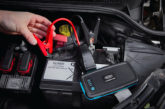
There are a number of solutions to the continually challenging issue of DPF cleaning. These can include pour in the tank products, companies that will provide a specialist cleaning service following removal of the DPF or systems that clean the DPF in-situ by injecting chemistry directly into the component. It’s fair to say that each has its respective merits and weaknesses.
BG Products has now thrown its hat into the ring by launching a solution which is claimed to be the first in-situ cleaning system that cleans from the air induction system through to the DPF.
Nappy days
Cleaning the DPF in isolation is a bit like changing a nappy, it will only refill again unless something is changed. The source of the deposit in a DPF is inefficient combustion leading to higher production of soot. This in turn leads to a higher workload for the DPF.
To achieve the high temperatures necessary for the DPF to clean itself (regenerate), the diesel vehicle must exceed 40 mph for an extended period. This presents a problem for vehicles driven in urban traffic because if the DPF never regenerates, it will eventually overload – often to the point when it not recoverable.
David Tenpenny, from BG Products Research & Development team says: “People in the diesel industry realise this is a real problem that’s not going away and if you want to solve it, you have to fix what’s causing it. If not, you’re just applying a sticking plaster.”
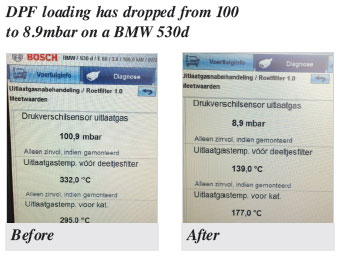
The BG Diesel Intake and Emissions System Service uses innovative technology to restore the DPF, while simultaneously performing an effective intake system clean. The system commands and controls regeneration, which is key to cleaning the emissions system.
Installed through the air intake system, advanced chemistry effectively disperses hydrocarbons from the intake all the way through to the DPF to be burned off and sent out of the tailpipe.
Restore compression
According to David, careful temperature monitoring, adjusting RPM and patience are the key to a successful service. “It’s also essential to follow this clean-up with an advanced oil flush to restore the integrity of the piston rings – an essential component of compression. This in turn will help limit future soot production,” he adds.
The process, which controls air intake flow and EGT (Exhaust Gas Temperature) to very precise levels, uses chemistry and heat to clean the intake, the injectors and the DPF. A consequent clean of the piston rings will restore compression for optimum fuel economy and reduction of soot production.
USERS SHOULD FOLLOW THESE 5 SIMPLE STEPS:
1. Hook up the diagnostic scanner to monitor EGT (Exhaust Gas Temperature) and get DPF readings.
2. Attach the correct adaptor to the air intake of the engine.
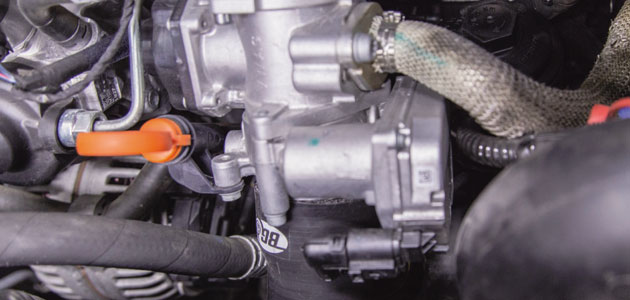
3. Ensure the chemistry in the machine is at the correct temperature for atomisation.
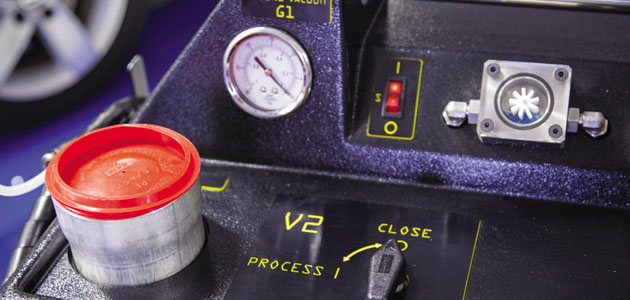
4. When the EGT is at the correct temperature the chemistry is allowed to flow into the intake system.
5. The EGT is constantly monitored and controlled through the circa 40 minute process.
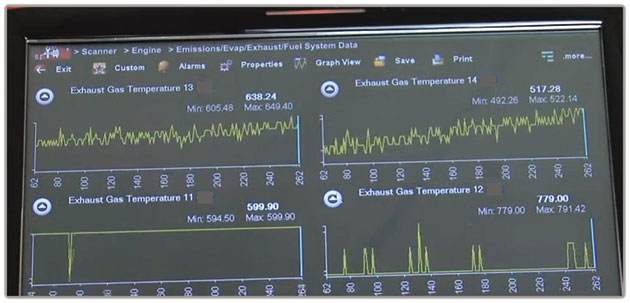
Visit BG Products at MECHANEX Alexandra Palace – Stand C54
Registration is simple, visit http://www.mechanex.info or call 01923 237799. For all the latest news and info on upcoming shows, follow @MechanexShow.





